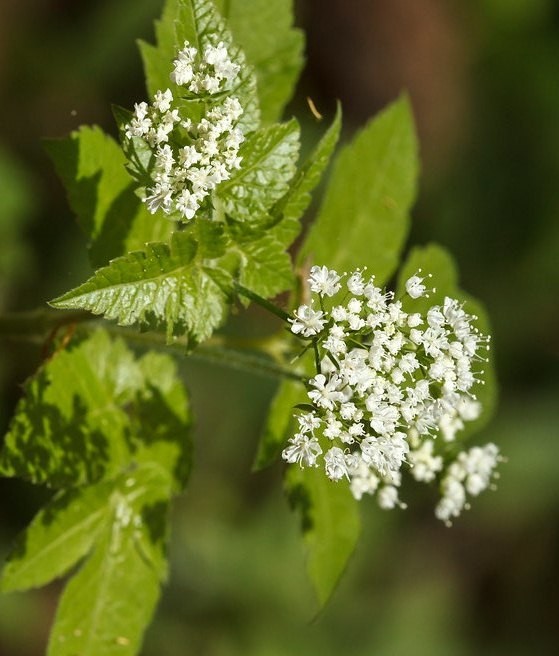Clayton's sweetroot
(Osmorhiza claytonii)

Description
Osmorhiza claytonii is a North American perennial herb, native to Canada and the eastern United States. It is also known as Clayton's sweetroot or sweet cicely, a name it shares with other members of its genus Osmorhiza. The leaves are yellowish green. There are white hairs on the stem and to a lesser extent on the leaves as well. It is ternately branched, having three-leafed branches. When broken it has an anise like smell or flavor. The seeds of this plant have barbs on the end allowing them to stick to clothing, fur, or feathers. Osmorhiza claytonii is a herbaceous plant perennial tall (45-90 cm) and pubescent. Leaves large, compound, deeply divided, and dentate. Flowers small (1.5 mm), white, clustered with others on a long-stalked umbel. Its native habitats include rich woods and wooded slopes Osmorhiza is a genus of perennial herbs, known generally as sweet cicely, sweetcicely, or sweetroot. Most species are native to North America, but some grow in South America and Asia. Some species are used for medicinal purposes, but have dangerous lookalikes. The fruits of this plant have barbs on the end allowing them to stick to clothing, fur, or feathers. American Indians used the roots of sweet cicely as a panacea; tonic for upset stomach, to ease child birth; the root was poulticed on boils, and wounds; root tea as an eye wash. Folk medicine uses include, an expectorant, tonic for coughs and for stomachaches.
Taxonomic tree:







